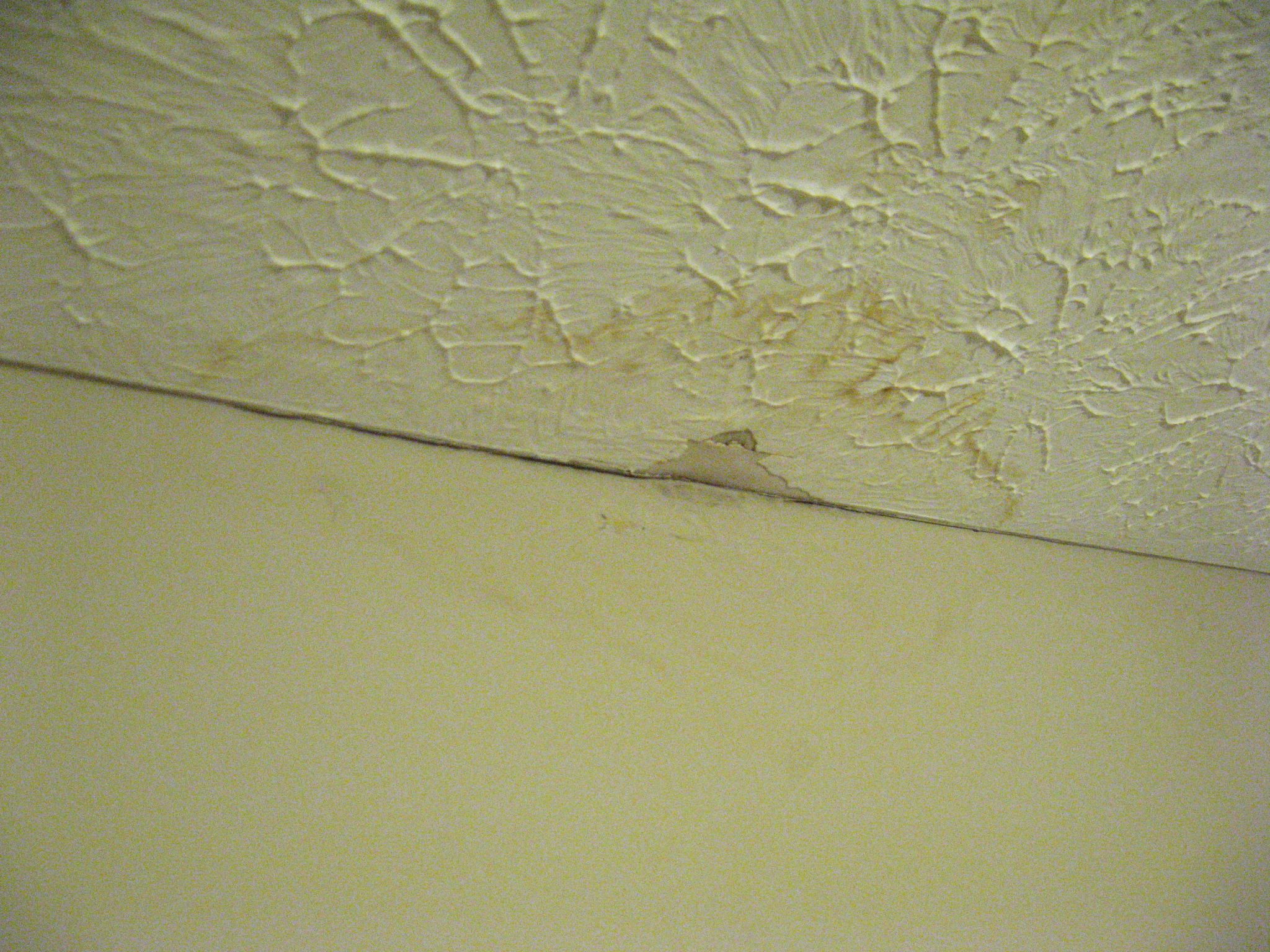The House's Most Frequent Water Leak Causes: Analysis
The House's Most Frequent Water Leak Causes: Analysis
Blog Article
Just how do you actually feel when it comes to How to Find Water Leaks?

Leakages not only create waste of water yet can also create unnecessary damages to your home and also advertise undesirable natural development. By looking and recognizing for daily scenarios that create leaks, you can secure your residence from future leakages and also unneeded damage.
Elbowing in origins
The majority of water leakages start outside the house instead of inside it. If you notice an abrupt reduction in water stress, state in your faucet, require time to go out as well as examine your lawn. You could see wet spots or sinkholes in your yard, which could imply that tree roots are invading water lines causing water to leak out. You can have your plumber check for invasion, especially if you have trees or bushes near your home.
Rusty water systems
As time passes by, your plumbing system ages as well as deterioration such as corrosion may start gnawing the pipelines. This may be the reason for staining or warping on your pipes. This calls for an evaluation with your plumber immediately. If our plumbing system is old, take into consideration replacing the pipes because they are at a higher threat of deterioration than the more recent models.
Faulty Pipeline Joints
The factor at which your pipelines link is regularly the weakest web link in the waterline. Pipe joints can degrade in time, leading to water leakages. The majority of pipe joints are not quickly visible. If you have noisy pipes that make ticking or banging sounds, especially when the warm water is turned on, your pipeline joints are possibly under a lot of stress. It is recommended to have your plumber inspect your system once a year.
Immediate temperature level modifications.
Severe temperature level modifications in our pipelines can cause them to expand and get unexpectedly. This expansion and contraction may trigger cracks in the pipelines, particularly if the temperature are below freezing. It would be best if you kept an eye on how your plumbing functions. The existence of the previously discussed circumstances regularly shows a high danger.
Poor Water Connectors
At times, a leakage can be brought on by loosened hose pipes and pipes that supply your home appliances. Most of the time, changing is what causes the loose water Links. You could discover in the case of a washing machine, a tube might spring a leakage because of trembling throughout the spin cycle. In case of a water connections leakage, you might observe water running straight from the supply line or pools around your devices.
Clogged Drains
Obstructed drains pipes may be bothersome and also inconveniencing, however they can occasionally end up creating an overflow resulting in burst pipelines. Keep getting rid of any products that may go down your drains that can block them to stay clear of such troubles.
All the above are causes of leakages but not all water leaks result from plumbing leakages; some leakages may originate from roofing system leaks. All leaks need to be fixed right away to stay clear of water damages.
Leakages not just create waste of water however can also cause unnecessary damages to your house as well as advertise undesirable organic growth. By understanding as well as looking for daily circumstances that cause leakages, you can secure your home from future leakages and unnecessary damages. Today, we will look at 6 leakage causes that may be causing your pipes to trickle.
At times, a leakage can be triggered by loosened pipes as well as pipelines that supply your devices. In situation of a water connections leakage, you might notice water running straight from the supply line or puddles around your devices.
How To Check For Water Leak In Your Home
How To Check for Leaks
The average household's leaks can account for nearly 10,000 gallons of water wasted every year and ten percent of homes have leaks that waste 90 gallons or more per day. Common types of leaks found in the home are worn toilet flappers, dripping faucets, and other leaking valves. These types of leaks are often easy to fix, requiring only a few tools and hardware that can pay for themselves in water savings. Fixing easily corrected household water leaks can save homeowners about 10 percent on their water bills.
To check for leaks in your home, you first need to determine whether you're wasting water and then identify the source of the leak. Here are some tips for finding leaks:
Take a look at your water usage during a colder month, such as January or February. If a family of four exceeds 12,000 gallons per month, there are serious leaks.
Check your water meter before and after a two-hour period when no water is being used. If the meter changes at all, you probably have a leak.
Identify toilet leaks by placing a drop of food coloring in the toilet tank. If any color shows up in the bowl after 10 minutes, you have a leak. (Be sure to flush immediately after the experiment to avoid staining the tank.)
Examine faucet gaskets and pipe fittings for any water on the outside of the pipe to check for surface leaks.
Undetected water leaks can happen without the home or business owner even realizing. If you suspect a water leak, but not able to find the source. It is time to contact a professional water leak detection service, The Leak Doctor.
How To Find a Water Leak In Your Home
https://www.leakdoctor.com/blog/How-To-Check-For-Water-Leak-In-Your-Home_AE197.html

As a keen person who reads on How to detect water leaks in your home, I think sharing that article was worth the trouble. Enjoyed reading our entry? Please share it. Let other people check it out. Thank you so much for taking the time to read it.
Automated Marketing Report this page